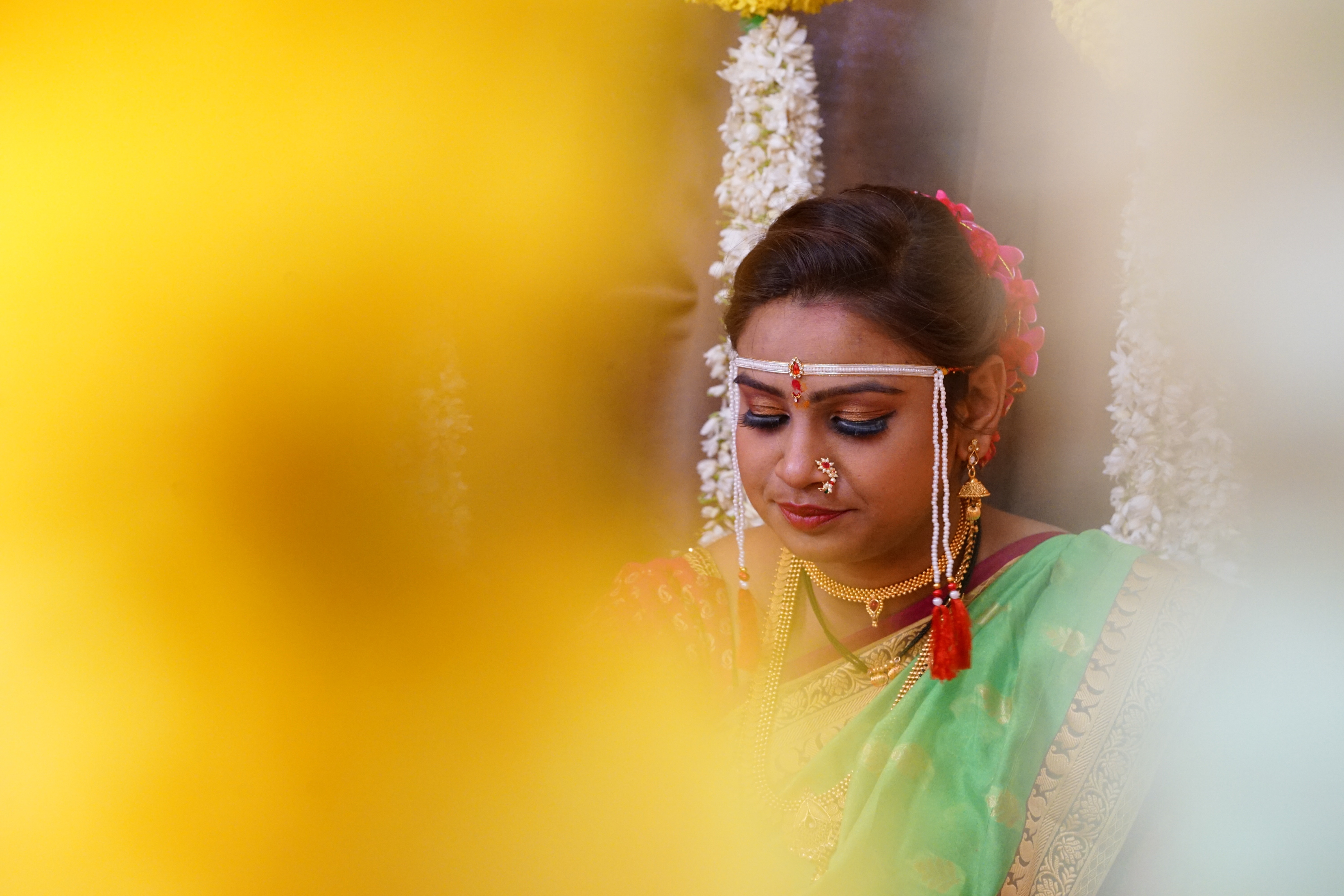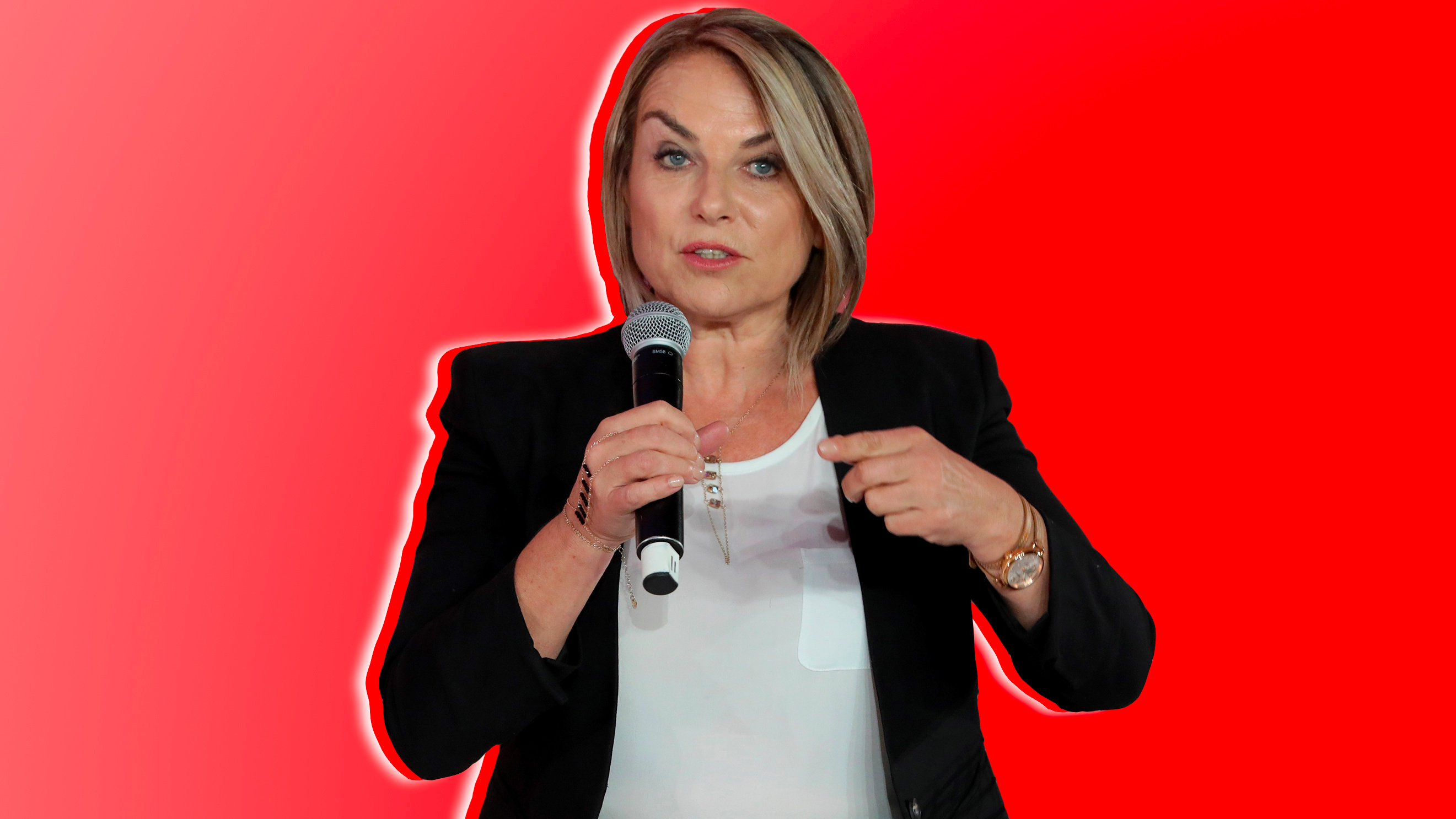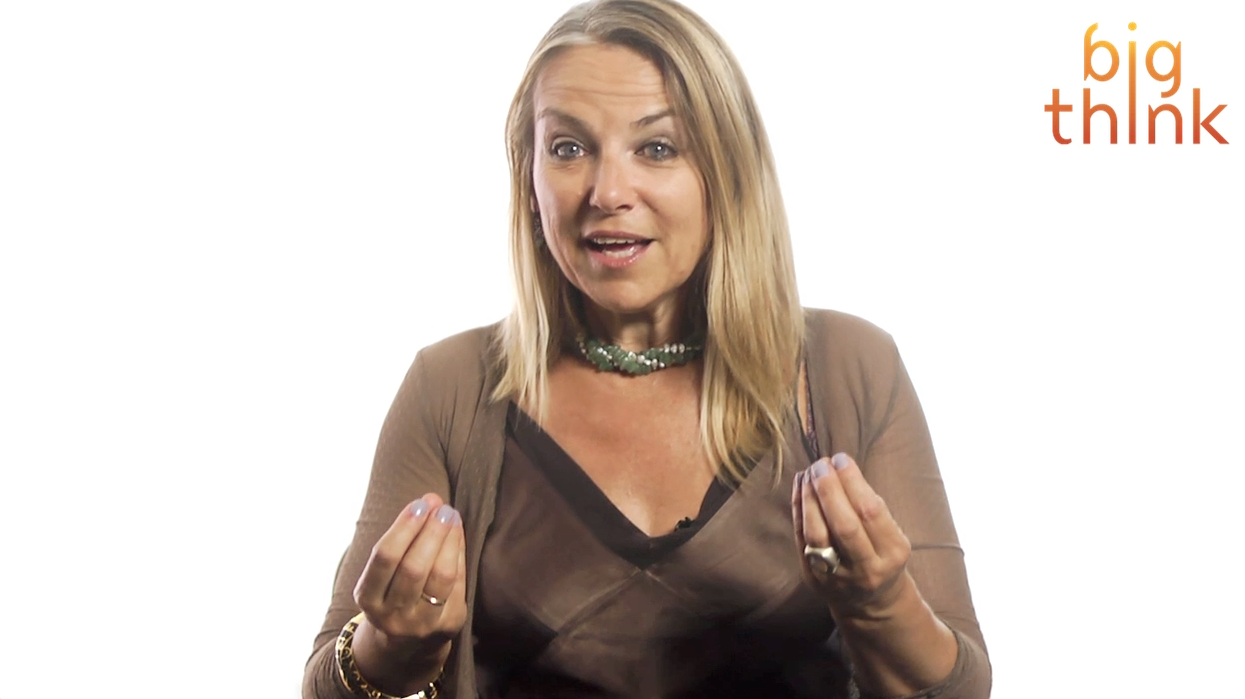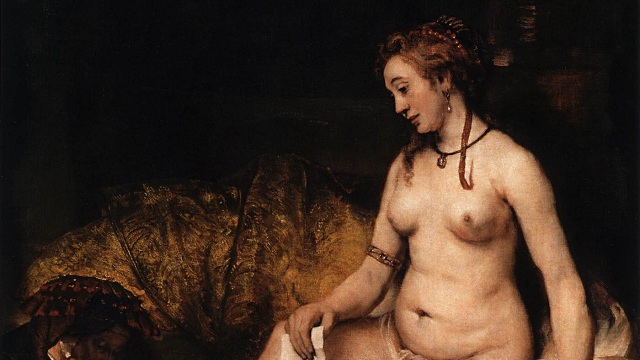Esther Perel Discusses Erotic Desire and “Traditional Marriage”

Psychologist Esther Perel is fascinated by the complicated relationship between love and desire. In her best-selling book Mating in Captivity: Unlocking Erotic Intelligence, Perel associates the two with entrapment and freedom, respectively. The key to sustaining a committed relationship, she says, is to achieve a steady balance that promotes affection yet also maintains degrees of autonomy and distance.
In her recent Big Think interview, Perel explains that sexuality and marriage have experienced a radical shift over the past few generations. What was once considered a dutiful bond now serves our more individualistic culture driven by love and desire. Where these two feelings meet and diverge is at the core of eroticism.
Perel begins her discussion of erotic desire by first dispelling a few myths about transgression — namely, that it’s nothing new. People have been cheating since the dawn of relationships. Rather, what’s new is the context in which we perceive transgression and the situations from which it occurs. People stray, Perel explains, for multiple reasons: discontent, boredom, loneliness, disconnect, a lack of adventure, etc. The core theme within all those reasons is that the transgressor acts in line with the prevailing message of our culture: we deserve happiness. This eternal search for affirmation exists in conflict with established expectations for a committed relationship:
“In the name of being happier we find that we deserve to go and explore. To often look, not necessarily for another partner, certainly in the context of happy couples or couples who are relatively content and who also experience affairs and infidelity, but a search for the other self; a search for the person that is not the one that we have become over the many years; a search for gratification; a search for sexual expressiveness, loads of reason that unfortunately are not often part of the negotiations, certainly not with interested sexual couples. So they become part of the most traditional model that coupledom has ever known, which is proclaimed monogamy and clandestine adultery.”
This leads Perel into a discussion about “traditional marriage,” a buzzy phrase often tossed around in socio-political discourse. What most folks mean when they refer to traditional marriage is an institution that came to prevalence in the 20th century. Before then, marriage was a whole different animal:
“It was for companionship, for family life, for social status and for economic reasons, land, expansion and so forth. And we brought love to marriage. Then we brought sexuality to love. Then we brought a connection between marital happiness and sexual satisfaction, all courtesy of the democratization of contraception, the women’s movement and the gay movement. What we may call traditional marriage to me is that form of marriage, in which by the way the adulterous space for most of history was the space for love because love was not a building block nor a foundation nor a motive for being married.”
Basically, for the longest time marriage was a pragmatic institution. At some point during the past 70 years, love was injected into the equation, placing a heightened focus on marital intimacy. This includes not just sexual intimacy, but intimacy of life and spirit as well. Where getting married was once like bringing on a business partner, choosing a husband or wife today comes with the expectation of a spiritual — and sexual — connection.
This, Perel says, is “new marriage:”
“I’m going to have this communicative experience with you where I’m going to share my most valuable assets, which is not my land but my internal life, my feelings, my worries, my dreams, my aspirations and you’re going to reflect back on me and you’re going to validate me. And in our relationship I’m going to transcend my existential aloneness because the couple has become the bulwark, the safe haven against all the insecurities away from a much larger community in which people had their needs met by a large network and the couple was one interaction but not the central interaction, the organizing principle of our mythic and practical life. That today is the new marriage I would say.”
For more on erotic desire and the evolution of the committed relationship, watch the following clip from Esther Perel’s Big Think interview.
Esther Perel is the best-selling author of Mating in Captivity: Unlocking Erotic Intelligence. She will be offering a special digital workshop beginning this October. For more information, visit www.estherperelclasses.com





